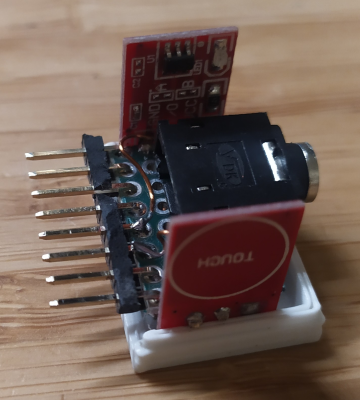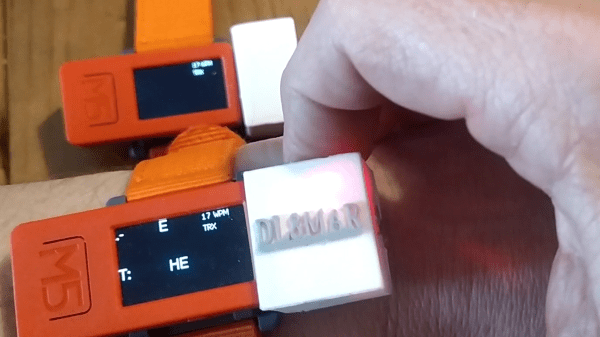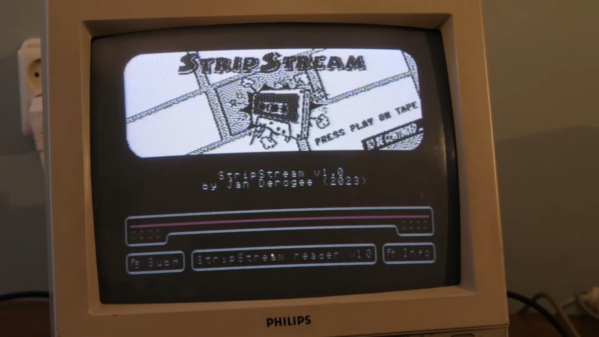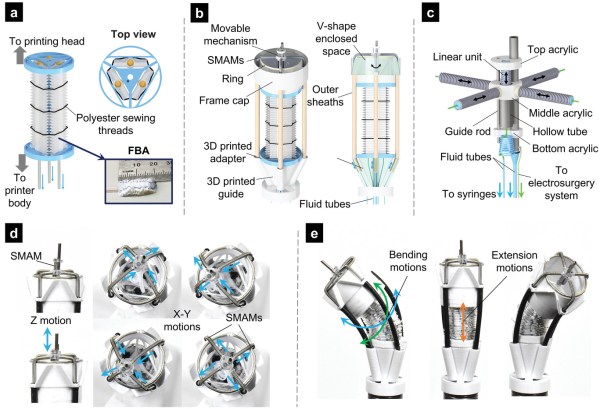Have you ever felt the options for Morse code communication were too limited? Well, look no further than [marsPRE]’s open source WristMorse communicator that can connect over WiFi, can act as a Bluetooth keyboard or just be used as a Morse Code trainer.

[marsPRE] uses the M5StickC Plus as the base device and attaches a custom “hat” consisting of a 2.5 mm plug for a radio connection and two capacitive touch paddles that act as the Morse Code keyer. The add-on is housed in what looks like a custom 3D print and hangs off of the end of the M5StickC Plus, connecting the hat through an eight 0.1 inch pin header.
Using the M5StickC Plus allows [marsPRE] to focus on the software, providing different options for training, communication and even using the device as a Bluetooth keyboard. The two touch sensors allow for a semi automatic keying, with the top sensor used for long dashes and the bottom sensor used for short dashes.
[marsPRE] took inspiration from the Morserino-32 and has made the wrist morse code trainer open source software and available through GitHub for anyone wanting to take a look. Morse code may an old encoding method but it’s one that’s worthy of respect. You never know when you might need to send a message from your dreams or to translate spoken word Morse code.
Continue reading “M5StickC Turned Wearable Morse Code Trainer”





 StripStream runs on a stock PAL C64 system, using the Datasette interface. A PC program is used to compose a comic into a suitable format for the C64. It then generates a .TAP file which can either be played in a C64 emulator, or recorded onto an audio tape for loading on real hardware.
StripStream runs on a stock PAL C64 system, using the Datasette interface. A PC program is used to compose a comic into a suitable format for the C64. It then generates a .TAP file which can either be played in a C64 emulator, or recorded onto an audio tape for loading on real hardware.









